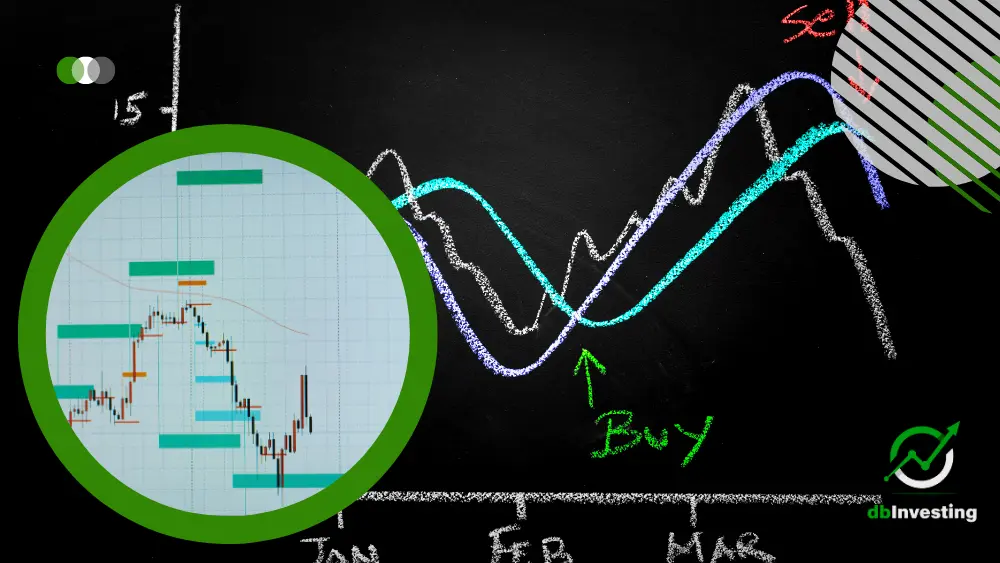In the world of forex trading, technical analysis is an essential tool that traders use to identify market trends and make informed trading decisions. Technical analysis involves the use of various indicators and chart patterns to predict the future direction of a currency pair’s price movement.
While some traders swear by technical analysis, others believe that fundamental analysis is the way to go. In this article, we will explore technical analysis in forex, its various patterns, differences from fundamental analysis, and whether or not it’s difficult to master.
What is Technical Analysis in Forex?
Technical analysis is a method of analyzing securities that involves studying past market data, primarily price and volume, to identify patterns and make predictions about future price movements.
In the forex market, technical analysts use various tools and techniques to analyze price movements, such as charts, trend lines, support and resistance levels, moving averages, and other indicators. By studying these patterns and indicators, traders can make informed decisions about when to enter or exit a trade.

Technical Analysis vs. Fundamental Analysis
When it comes to forex trading, there are two primary methods of analysis: technical and fundamental. While technical analysis focuses on past market data to identify patterns and predict future price movements, fundamental analysis focuses on economic and political events that can affect a currency’s value.
Fundamental analysis involves studying various economic indicators, such as GDP, inflation, and interest rates, to make trading decisions.
Both technical and fundamental analysis have their advantages and disadvantages. Technical analysis is useful for short-term traders who want to make quick profits by taking advantage of market trends.
Fundamental analysis, on the other hand, is more suitable for long-term traders who want to hold positions for several months or even years.
Technical Analysis Patterns
One of the key aspects of technical analysis in forex is the identification of patterns. Technical analysts use various chart patterns to identify potential trading opportunities. Here are some of the most common patterns:
- Support and Resistance Levels – Support and resistance levels are key levels that traders use to identify potential trading opportunities. Support levels are areas where prices have historically bounced back from, while resistance levels are areas where prices have historically struggled to break through.
- Trend Lines – Trend lines are lines that connect the highs or lows of a price trend. They are used to identify the direction of the trend and potential areas where the trend might reverse.
- Moving Averages – Moving averages are used to smooth out price trends and identify potential areas of support or resistance.
- Candlestick Patterns – Candlestick patterns are used to identify potential trend reversals or continuation. There are numerous candlestick patterns that traders use, such as doji, hammer, and engulfing patterns.
- Chart Patterns – Chart patterns are used to identify potential trading opportunities. There are numerous chart patterns that traders use, such as head and shoulders, double tops and bottoms, and triangles.

Is Technical Analysis Difficult?
One of the most common questions that traders ask is whether technical analysis is difficult to master. The answer to this question depends on the individual trader’s experience and skill level. While technical analysis can seem complicated at first, it becomes easier with practice and experience.
One of the best ways to master technical analysis is to start with the basics and gradually build your knowledge and skills. There are numerous resources available online that can help you learn technical analysis, such as trading forums, webinars, and online courses.
Another key factor in mastering technical analysis is discipline. Traders need to be disciplined in their approach to technical analysis and follow a set of rules when making trading decisions. This involves having a trading plan and sticking to it, setting stop-losses and take-profit levels, and avoiding emotional trading decisions.
Conclusion
In conclusion, technical analysis is an essential tool for forex traders who want to make informed trading decisions. By studying past market data and identifying patterns, traders can predict future price movements and take advantage of market trends.
While technical analysis is not without its challenges, it becomes easier with practice and experience. Traders who are disciplined and follow a set of rules when making trading decisions are more likely to succeed in the forex market.



